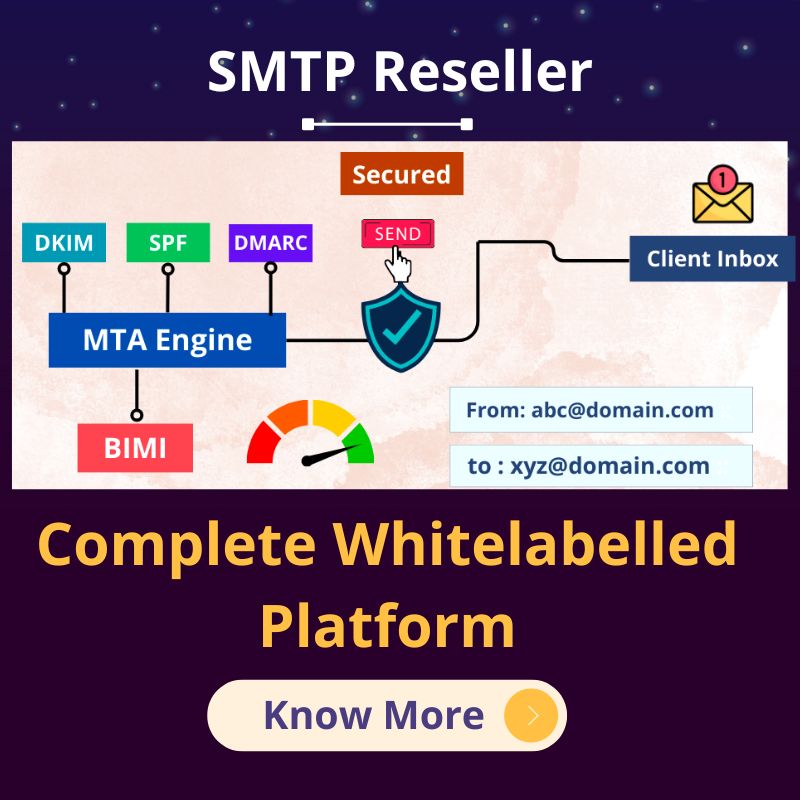Before you delve too deep into learning everything there is to know about email marketing, take a step back. Determine what your goals are for email marketing, and then decide how you will measure your success.
Of course, each email marketing campaign can be different, especially if you have different goals for different campaigns. However, there are some basic metrics every email marketer should learn how to track.
 Open rate
Open rate
Is the simplest email marketing KPI, and vital to understanding how well your subscribers are receiving your messages. Open rate simply tracks how many subscribers opened the email you sent.
Open rates can give you insight into the success of your subject line copy. Other strategies like using emoticons in subject lines and keeping subject lines direct and short can increase open rates as well.
As a baseline, most email marketing campaigns average an open rate of a little over 24%. If you manage a campaign with open rates higher than that, you know you are doing something right.
Click-through rate (CTR)
Is another common metric that can be telling of how well your campaigns are performing. CTR measures how many people clicked on the links in your email. When crafting an email, there are a few great ways to increase click-through rates. First, is to include links in the email everywhere it makes sense. Additionally, include a clear and easy to see a call to action button that subscribers can click on to redeem your offer.
Conversion rate
Your click-through rate will tell you how many people clicked your link, while your conversion rate will tell you how many people clicked on the link and then completed a specific action. Conversion rates are necessary to measure because they give you unique insight into your return on investment. When you know how much you have spent and how many subscribers are converting, it’s easier to determine if the money you are putting into your campaign is really paying off in the end.
Bounce rate
When sending an email campaign, you also want to track the bounce rate. Bounce rate measures how many subscriber email addresses didn’t receive your email at all. Soft bounces track temporary problems with email addresses and hard bounces track permanent problems with email addresses.
Measuring bounce rates against open rates will give you a more solid idea of the quality of your subscriber lists. If you have a high percentage of hard bounces, it indicates your list may be full of fake email addresses, old email addresses, or addresses with mistakes in them.
You can preemptively decrease your bounce rates by requiring a double opt-in. This means subscribers have to verify their email address and confirm they want to receive emails from your brand. This is a great option considering you want the quality of your email list to remain high and your bounce rate to stay low.
Number of unsubscribes
Measuring unsubscribes is pretty cut and dry. Any email provider will tell you how many people unsubscribed upon receiving an email from you. This is usually displayed on your main dashboard or your metrics dashboard.
It’s easy to get discouraged when you see a high number of unsubscribes. However, professional email marketers often count unsubscribes as a good thing. Why? Because it means you are fine-tuning your subscriber list.
Spam complaints
There is little worse than putting your talent and creativity into an email only for it to get marked as spam. Seriously. Talk about a bummer. You may want to ignore those that can’t appreciate a good email when they see one, but, unfortunately, you need to pay attention to spam complaints.
Why? Because if this rate gets too high, it’s possible your email service provider will take action against you and/or block your account. Email service providers want to ensure quality and tracking spam complaints is one way they can do it.
Forwarding rate/email sharing
Forwarding rate/email sharing measures the percentage of recipients who either shared your post via social media or forwarded it to a friend.
This is an awesome metric to track because it gives you an idea of how many brand advocates you have. In other words, it tells you what percentage of subscribers are recommending your emails to others.
Developing brand advocates through email marketing is a great strategy, especially considering 81% of consumer’s purchasing decisions are influenced by friends’ social media posts.
Overall ROI
Overall ROI is a metric every email marketer should track. It tells you the overall return on investment for your campaigns. This means the total revenue divided by the total spend.
You can calculate this by taking the money you made in sales from the campaign minus the money you spent to execute the campaign divide it by the money invested in the campaign and then times that by 100. That will tell you your overall ROI.
Email marketing can be an investment, but thankfully, it also has the highest ROI out of any digital marketing strategy.



